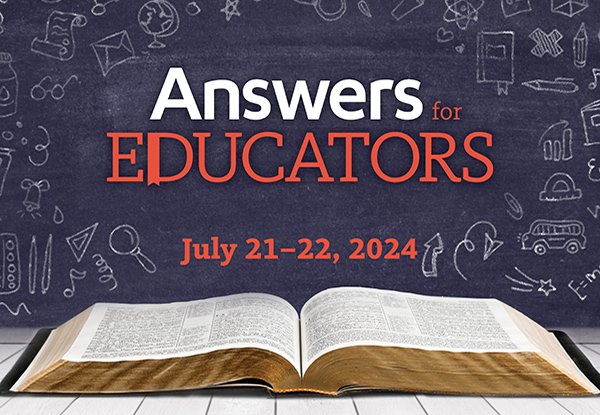How to Engage the Unengaged Learner
We’ve all been there. It’s our favorite topic in our favorite unit of our favorite course. We have our visual aids ready, our PowerPoint edited, and our outfit planned. But when we finally start teaching the lesson, our students’ eyes are glazed over—if they’re open at all. What’s wrong with them? we ask ourselves. Don’t they know good stuff when they hear it? The answer is that they do know a good lesson, just not always when they hear it. A good lesson fully engages unengaged students by attending to their various learning needs. Here are five quick tips for engaging your unengaged learners.
- Use variation. Few students benefit from the traditional sit-and-get method of instruction. Students learn best when they are engaging with the material in interactive ways—reading, writing, discussing, handling manipulatives, exploring data, and so forth. We should target several different forms of engagement in every lesson to reach every kind of learner.
- Implement technology. Technology can be a fantastic tool for instruction depending on the type and age-appropriateness. There are interactive technologies available for classrooms, but you don’t need to rely on these (or your school’s budget) to implement technology in your classroom. You can allow students to use their mobile devices to take pictures and build an essay about the lesson in a blog or social media platform. You could have students record themselves sharing what they already know about the subject or set up an interview-style lecture in which students video each other asking you questions about the topic. As students interview you, they discover what they don’t know and what they might want to know about the topic. Your answers should include lesson objectives and lecture notes. Students can then take the recordings and work together to build a report and write an essay on the topic.
- Allow student choice. Students become more engaged in lessons that they feel they have some control over, and they take better responsibility for their own choices than for choices made for them. Consider letting students choose their assessment medium (e.g., a written test, oral essay, or written report) or assignment format (blog, vlog, infographic, etc.).
- Make it a game. Help engage students in a lesson or gauge their understanding of a lesson by turning the lesson into a game. Depending on age and subject, you can divide students into two teams and have them compete in a trivia-style game show. You can also send them on scavenger hunts, hide sentences around the room for them to find and piece together, or use classic games like Red Light, Green Light to review questions and answers.
- Encourage student collaboration. Assign students to groups and have them work together to solve word problems or determine the theme of a literary work. Put them in pairs to write the main points of the lesson and then teach the lesson to each other.
There are many ways to engage all learners in the classroom. It just takes some creativity, which you may not have at certain points in the school year. To prepare for those times, it’s helpful to curate a list of engagements to pull from as needed throughout the year. Some curricula, such as Twelve Stones Bible Curriculum, include variations and student engagements right in the lesson plan.
Find out more helpful teaching tips and practices at Answers for Educators, July 21–22, 2024.

Answers in Genesis is an apologetics ministry, dedicated to helping Christians defend their faith and proclaim the good news of Jesus Christ.
- Customer Service 800.778.3390
- © 2024 Answers in Genesis

